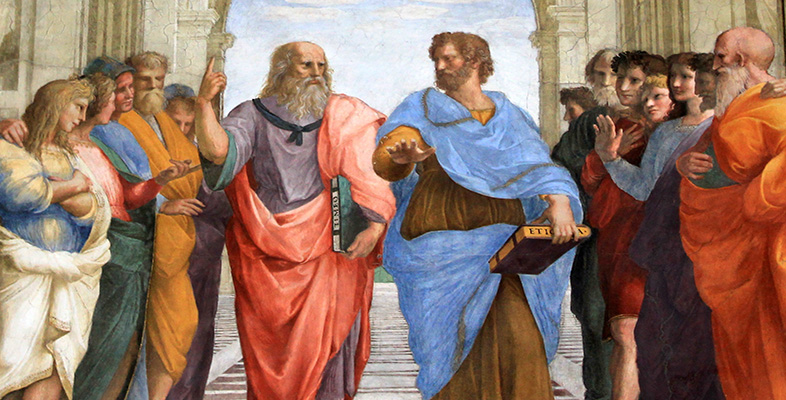9.2 Cultural shifts: from Enlightenment to Romanticism, c.1780–1830
A growing impulse towards revolution, rupture, transformation and radicalism.
A growing scepticism about the potential to identify objective, empirically validated and universally valid truths, and an increased emphasis on subjectivity.
An increasing emphasis on the self, introspection, identity and individualism.
A growing exploitation and intensification of an aesthetic of the sublime.
A growing adaptation of classical sources to a modern psyche, heightened by a concern to identify, respect and differentiate ‘authentic’ classical practices; alongside this, a growing attraction towards non-classical sources of inspiration, such as the Gothic, the Oriental and the ‘exotic’.
An increasing incorporation of the personal and private into public culture and an increasing use of public culture for self-promotion.
A shift from reason to sentiment and passion.
An increasingly subjective and relativist approach to morality and a growing emphasis on individual liberty.
A growing appreciation of both the dynamism and restorative powers of nature and of its intimate connection with human thought, morality and feelings.
The triumph of the notion of genius and self-expression; a growing emphasis on the autonomous creativity of the imagination.
A growing preoccupation with death and an impulse towards melancholy, immortality, the divine, the unintelligible, the unseen, mystical and supernatural.
A growing critique of absolute monarchy and a thrust towards republicanism and political liberty; the cult of the hero and of the will.
Rapidly growing industrialisation and the continuing rise of a capitalist bourgeoisie.
A consolidation of colonialism in tension with an increasing fascination with ‘non-European’ cultures and with cultural and national identities generally; a sweeping momentum in the movement for the abolition of slavery.
A growing consciousness of the political influence and cultural identities of the people/working classes.
